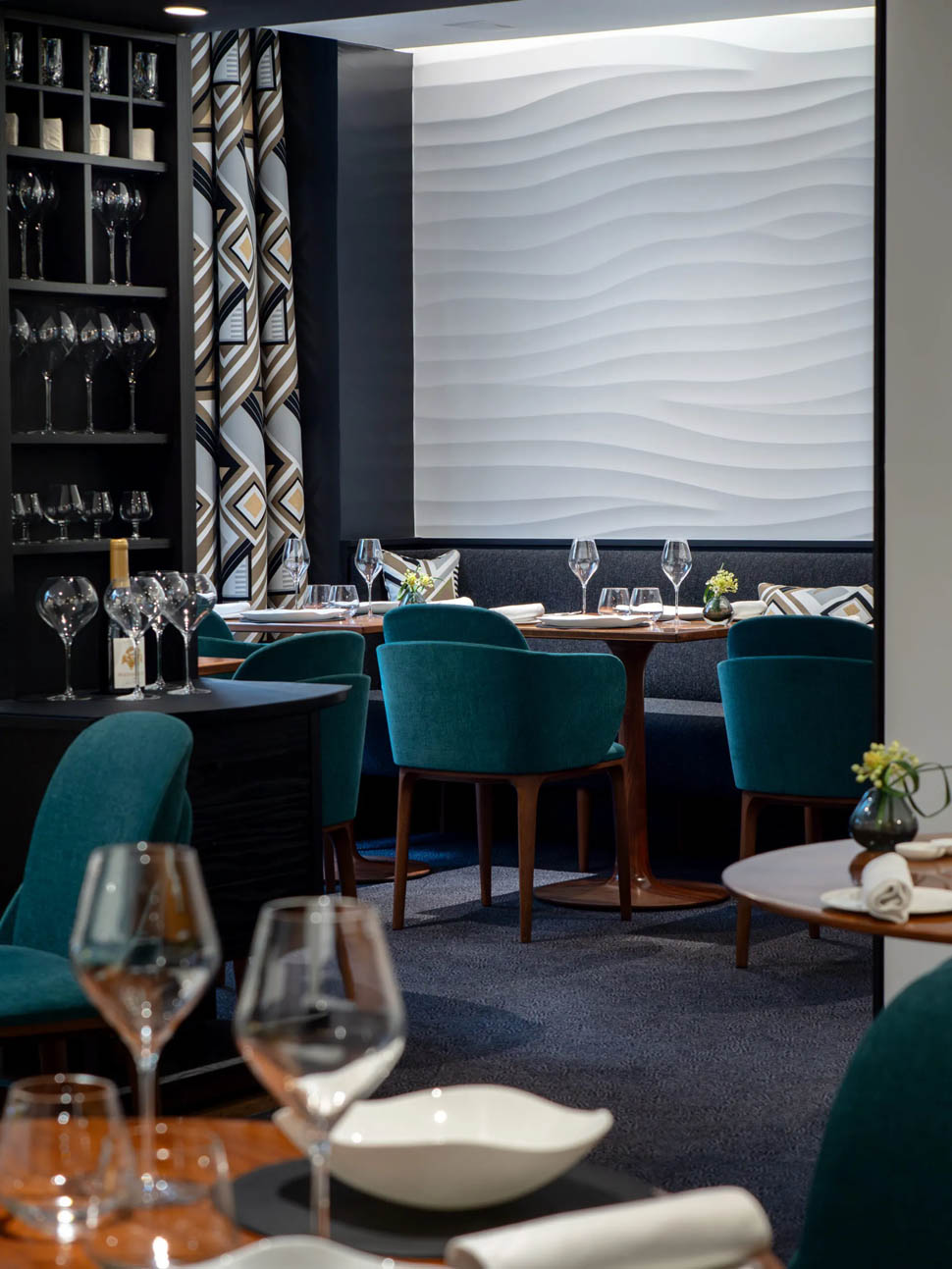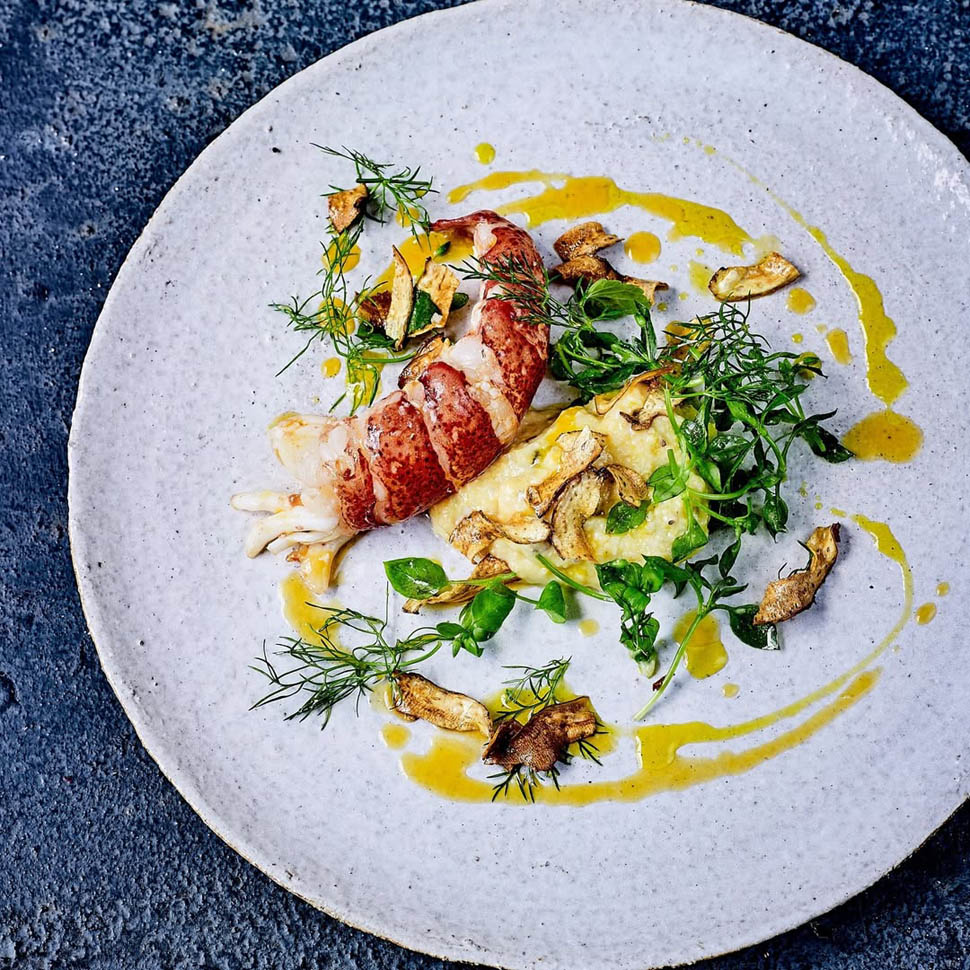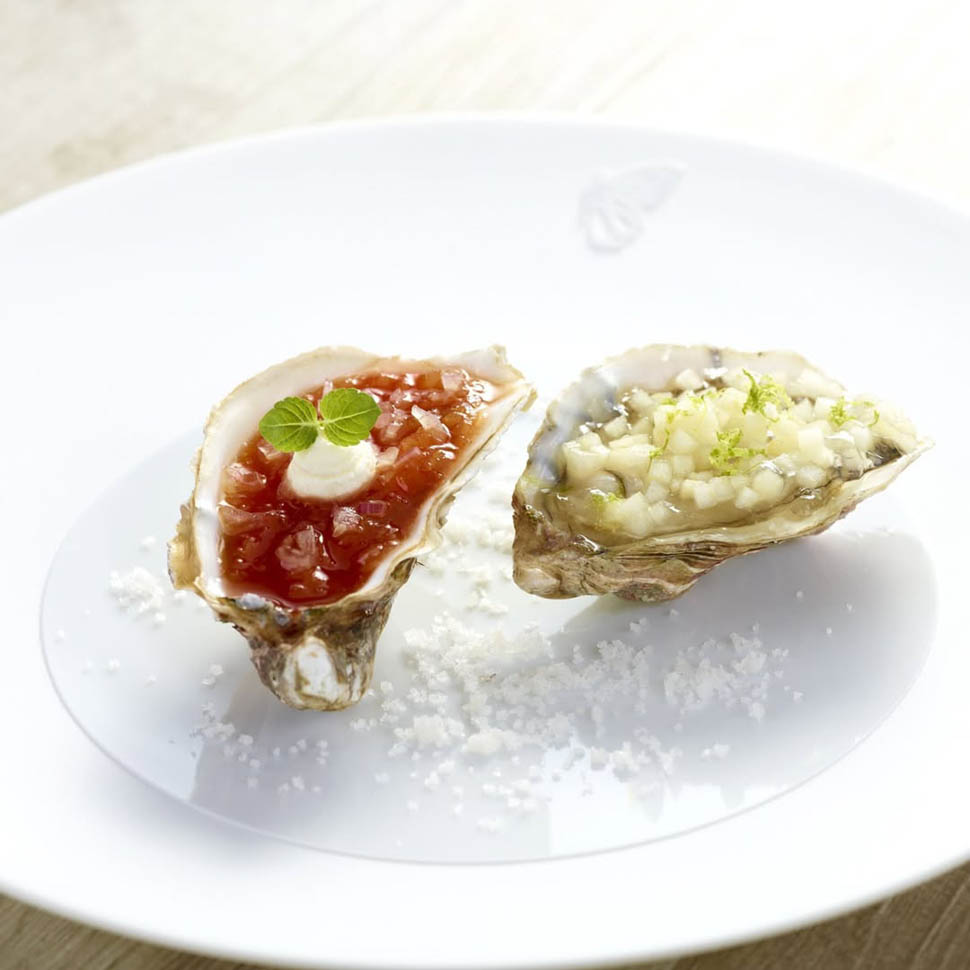The restaurant
In Paris, gastronomic luxury is usually measured in figures that take away your appetite before you even open the menu; yet, a few steps from the Champ de Mars and Saint-Germain-des-Prés, there is a place that plays by the rules of French haute cuisine without turning the bill into a collector’s item. It is called Auguste, has held a Michelin star for 17 consecutive years, and offers what is described as the most affordable star-studded menu in Paris: a full three-course lunch for €47 per person. In a city that boasts 165 Michelin-starred restaurants and thrives on culinary legends such as Carême, Escoffier, Vatel, and Fernand Point, the idea of “accessible” fine dining becomes almost a political act, as well as a tempting invitation.

Paris remains the great laboratory of classic haute cuisine: ten restaurants with three stars, fifteen with two, and over a hundred with one, according to the 2025 edition of the Michelin Guide. Here, gastronomy is not just a profession, but a codified language, a collective memory, a spectacle of technique and ritual. In this ultra-competitive context, Auguste, in the refined 7th arrondissement, chooses an almost counter-current profile: only 30 covers, an intimate atmosphere, no ostentation, a cuisine that defends French tradition without sacrificing accessibility.

Behind this small, elegant dining room is Gaël Orieux, a chef who has built his career in kitchens that are symbols of haute cuisine. Before opening Auguste twenty years ago, Orieux worked at Le Meurice as Yannick Alléno’s assistant, breathing in the kind of perfectionism befitting a Michelin-starred restaurant. Then came the decision to break away, open his own place, and bring the grammar of haute cuisine to a more intimate, more measured space, more direct in its dialogue with guests. The star arrived and has remained there, faithful, for almost two decades.

The restaurant’s name is already a statement of intent: Auguste is a tribute to the chef’s first cookbook, the legendary “Culinary Guide” by Auguste Escoffier, one of the fathers of French haute cuisine, the man who codified brigades, mother sauces, hierarchies, and structures that still define gourmet dining today. Orieux takes that tradition and brings it into the present day, maintaining absolute respect for the product and techniques, but lightening the context and, above all, the price. At the heart of the project is a rigorous market approach: cuisine based on fresh, seasonal ingredients, selected day by day. The menu focuses on fish, with a clear ethical choice: to work with species that are not endangered, such as red mullet, croaker, and hake, using what the sea offers without compromising the balance of resources. In an era when sustainability is often just a claim in a press release, this type of positioning takes on real weight, especially in a Michelin-starred restaurant.

However, what makes Auguste truly unique is its lunch menu. In a city where haute cuisine is spontaneously associated with grand evening tastings, Orieux has created a formula that is almost like a neighborhood “menu du jour,” but applied with the precision of a gastronomic laboratory. Three courses—starter, main course, dessert—that change with the seasons, cooked with the same attention that the chef reserves for longer courses, but designed for a clientele that wants to indulge in a measured luxury, perhaps during a lunch break that is different from the usual. The current version of the menu says a lot about his style. It opens with an appetizer of Paimpol beans, tomatoes, and seafood, topped with buckwheat chantilly cream: a dish that combines rusticity and refinement, starting with a typical Breton legume and pairing it with the fresh, iodine-rich flavor of seafood and the slightly nutty roundness of whipped buckwheat cream. It is the kind of entrée that reminds you that French cuisine can be both reassuring and contemporary at the same time.

The main course plays on two registers. On the one hand, there is the fish of the day, caught off the French coast, offered at an additional cost of €22, which accompanies the choice of high-quality, fresh, and traceable ingredients; on the other hand, there is a smoked morteau with flavors from the Jura, a tribute to a charcuterie that speaks of woods, fog, and slow fire. In one case, the taste of the sea, where you can feel the connection with the France that looks out onto the Atlantic and the English Channel; in the other, a more territorial, robust but nuanced interpretation of meat, dedicated to those who want to make lunch a moment of comfort. To conclude the meal, a mascarpone dessert with the freshness of beetroot, blueberries, and blood oranges. Here, France converses openly with Italy, at least in terms of dairy products, but the rest is an entirely French play of colors and flavors: the earthy sweetness of beetroot, the acidity of blueberries, and the bright bitterness of blood orange create a finish that never tires, closer to a gourmet restaurant dessert than a simple “spoon dessert.”

All this, as mentioned, for €47 per person, a price that, in the Parisian landscape of Michelin-starred bistros, sounds almost like an invitation to approach the Michelin world without fear. For comparison, Auguste’s other menus are at very different price points: the Instant Michelin menu is €96, while the Signature menu is €120, placing it in the typical range for fine dining in the capital. The “democratic” lunch thus becomes a sort of privileged gateway to Orieux’s universe, a way to get to know his hand without committing to an extended tasting. However, there is one important detail: this formula is only available from Monday to Friday, from 12:00 p.m. to 1:30 p.m. A precise time slot that reinforces the nature of a daily ritual, almost a fixed appointment with a certain idea of contemporary French cuisine. It is the time when office workers, professionals, curious minds, and travelers can fit a lunch that smells of the red guide into their working day without it becoming a once-in-a-lifetime event.

In a landscape where haute cuisine sometimes risks becoming distant, Auguste works in the opposite direction: it maintains rigor, preserves the memory of Escoffier, and engages in dialogue with the market and the sea, but chooses to do so through a formula that allows many more guests to sit at that table. Paris continues to be the capital of grand signature banquets; here, however, luxury is also measured by the possibility of discovering a Michelin star at lunchtime, with a glass of wine and a bill that remains surprisingly affordable.


Dining and Cooking